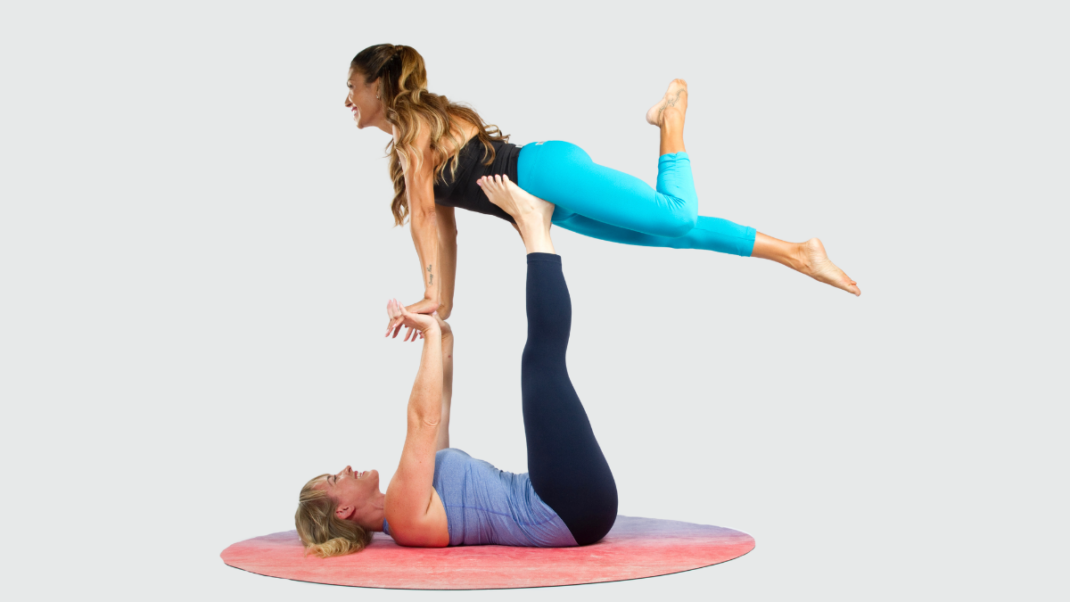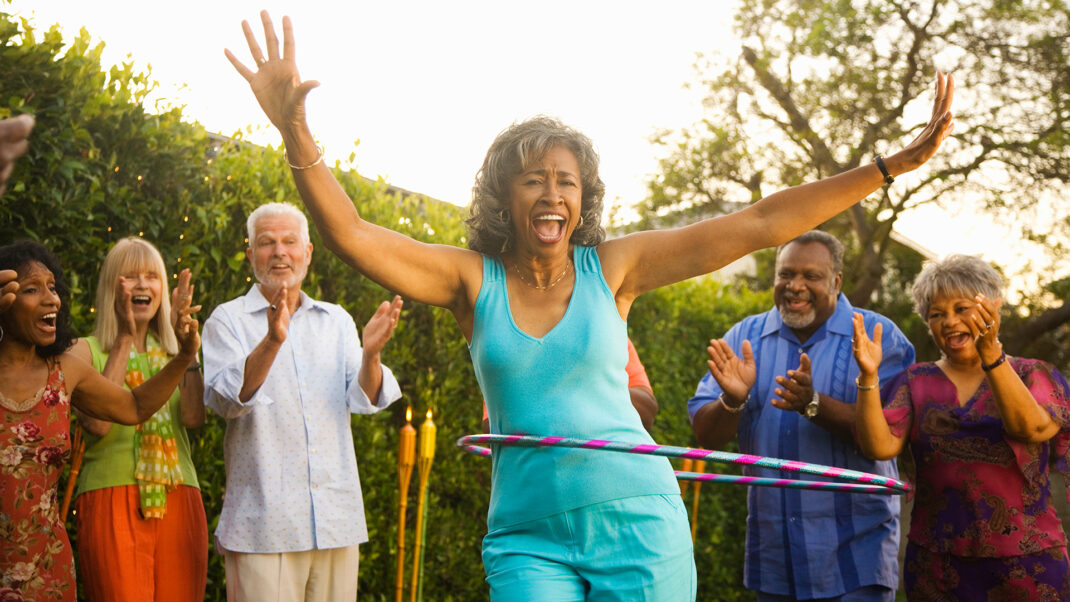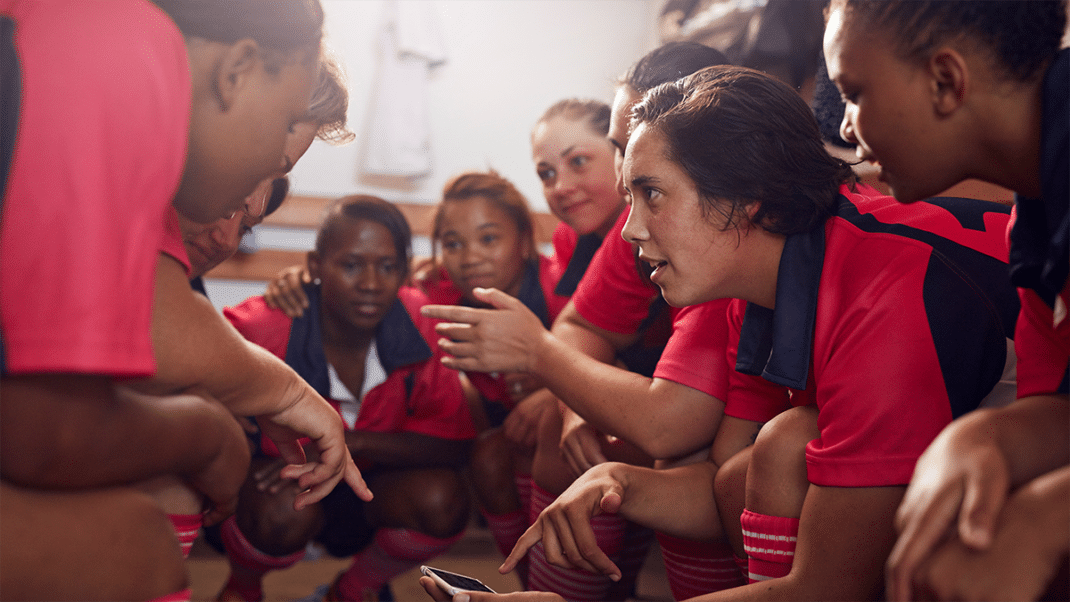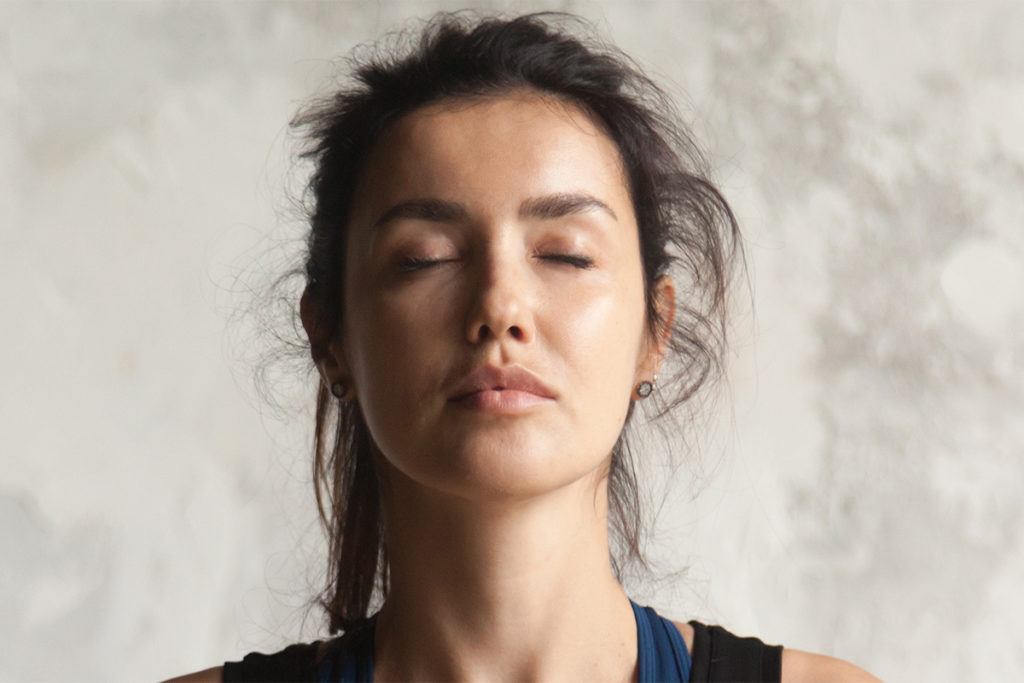Gender Gap in Physical Activity Research
Experts note need for more insight.

Researchers want to draw attention to the gender gap in exercise studies and the need for a more complete understanding of gender-specific physiology, the role of sex-related hormones, metabolic differences and more, in a research topic editorial in Frontiers in Physiology (2022; doi:10.3389/fphys.2022.988839).
In particular, women are underrepresented.
For example, during incremental physical exercise, women experience a greater cost of breathing reflected by greater deoxygenation of respiratory muscles, whereas men have a higher peripheral load, indicating greater deoxygenation of locomotor muscles. Other studies reveal that in long-term endurance exercise, women perform similarly or slightly better than men; however, in quick bursts with great power they do not, suggesting gender differences in metabolism.
More investigation is essential to understand the gender-based mechanisms that explain these differences.
Shirley Eichenberger-Archer, JD, MA
Shirley Eichenberger-Archer, JD, MA, is an internationally acknowledged integrative health and mindfulness specialist, best-selling author of 16 fitness and wellness books translated into multiple languages and sold worldwide, award-winning health journalist, contributing editor to Fitness Journal, media spokesperson, and IDEA's 2008 Fitness Instructor of the Year. She's a 25-year industry veteran and former health and fitness educator at the Stanford Prevention Research Center, who has served on multiple industry committees and co-authored trade books and manuals for ACE, ACSM and YMCA of the USA. She has appeared on TV worldwide and was a featured trainer on America's Next Top Model.






